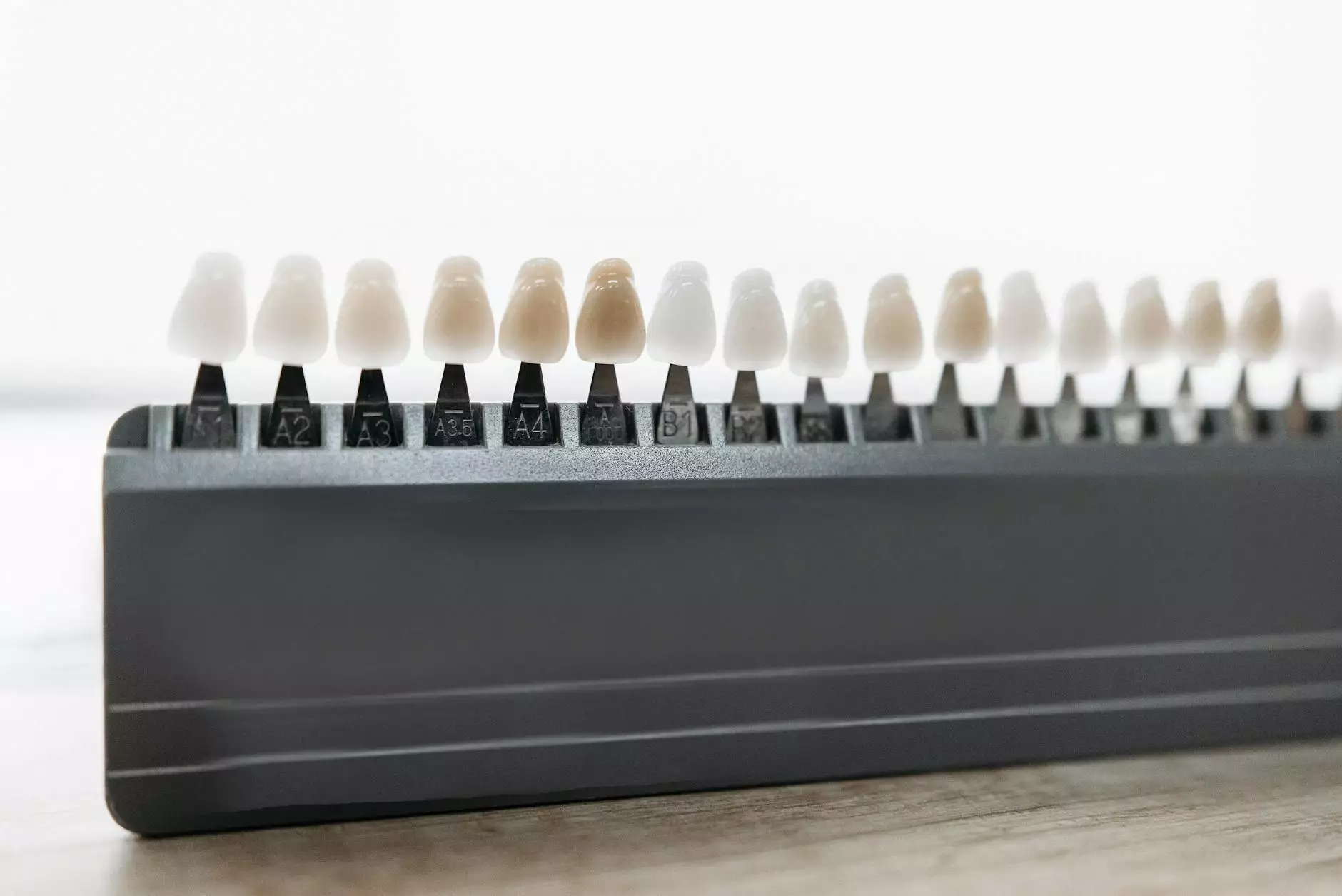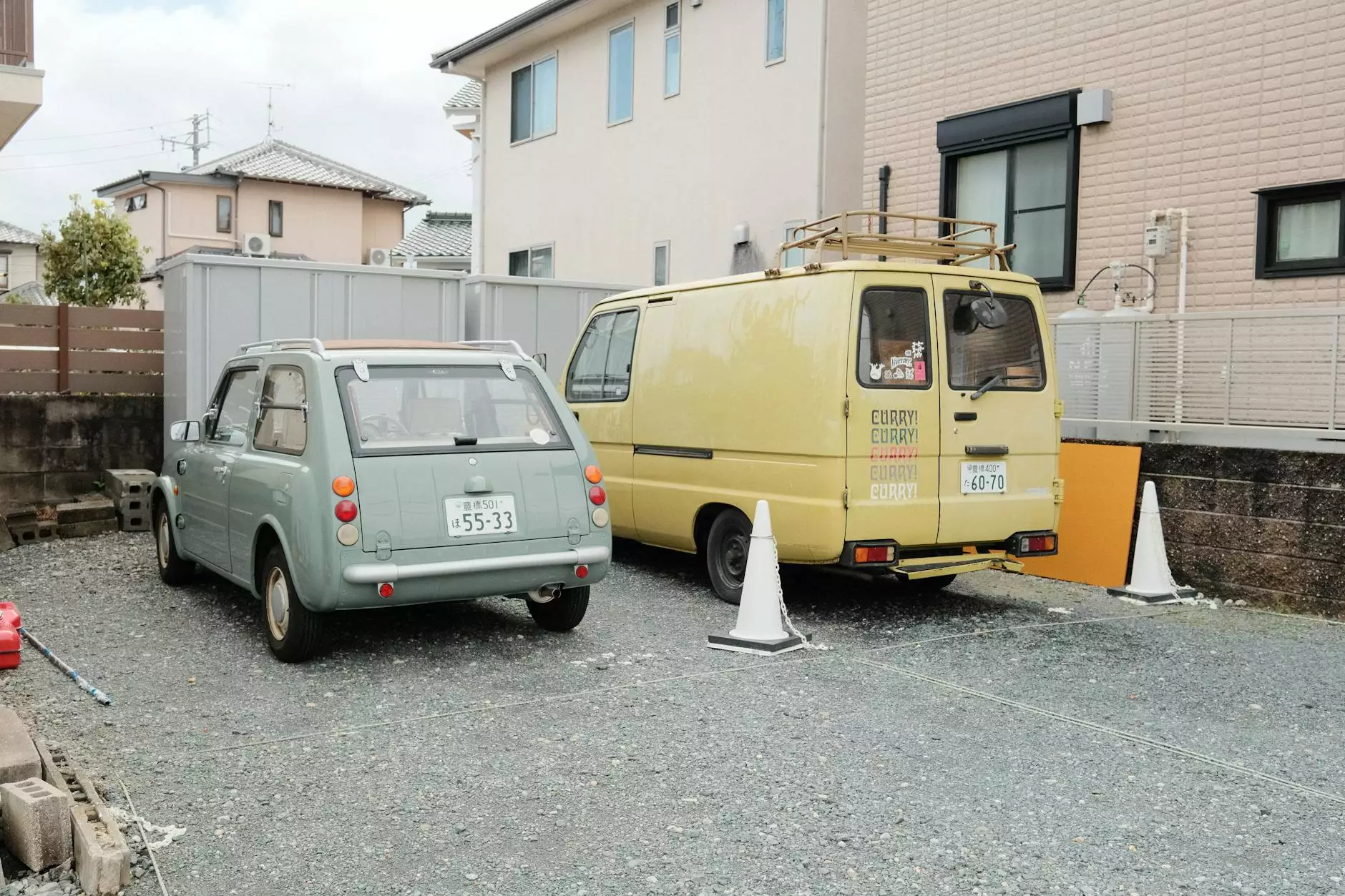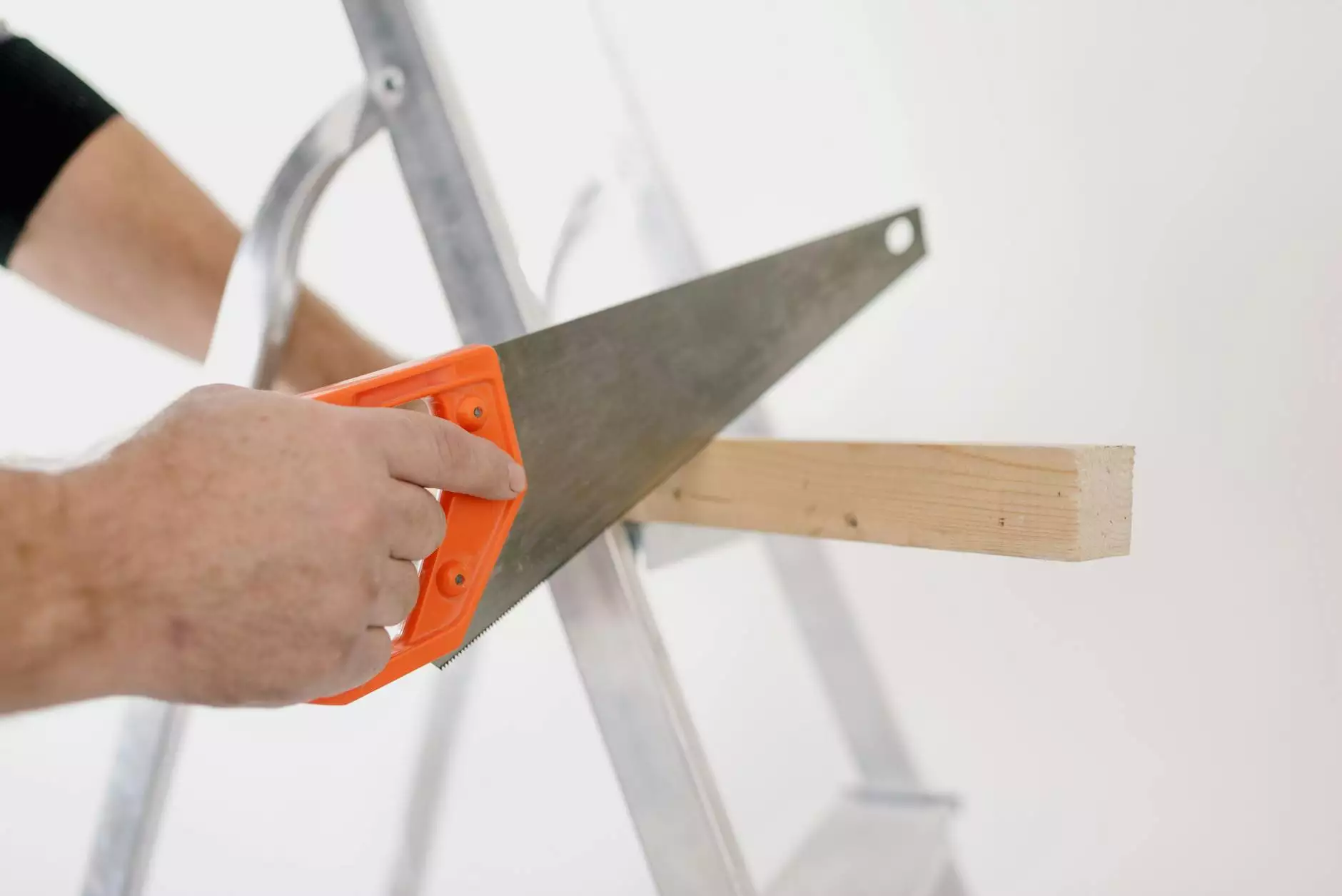Socket Weld vs Butt Weld: Understanding the Differences for Better Fittings

Introduction to Welding Types
In the world of piping systems, choosing the right type of welding is crucial for ensuring durability, reliability, and efficiency. Among the various welding techniques available, socket weld and butt weld are two of the most commonly used methods. Each has its own advantages and disadvantages, depending on the application at hand. Understanding the nuances of socket weld vs butt weld can lead to more informed decisions in your projects.
What is Socket Weld?
Socket weld is a type of welding where a pipe is inserted into a socket of another pipe or fitting and then welded around the joint. This technique is commonly employed for smaller diameter pipes and is known for creating a strong joint that is highly resistant to leakage. Common materials utilized for socket welding include stainless steel and carbon steel, making it suitable for various industrial applications.
Advantages of Socket Weld
- Elimination of Crevices: The design of socket welds allows for a smooth finish, reducing the risk of crevices where contaminants might accumulate.
- Minimal Surface Area Exposure: This method results in less surface area exposed to the environment, enhancing the fitting's resistance to corrosion.
- Easy Installation: Socket welds simplify the installation processes, requiring less alignment during assembly, which can save valuable time in projects.
Common Applications
Socket welds are typically used in applications where the pressure is high and the system requires robust fittings. These applications often include:
- Power plants
- Petrochemical facilities
- Aerospace
- Oil and gas industries
- Water treatment plants
What is Butt Weld?
Butt weld is a welding technique where two pipes or fittings are placed end-to-end, and the edges are welded together to form a continuous connection. This technique is often used for larger diameter pipes and is favored for its superior strength and ability to handle higher pressure applications. Butt welds are typically used in conjunction with more significant and heavier wall thicknesses.
Advantages of Butt Weld
- High Strength: Butt welds create a joint that is generally as strong as the pipe material itself, making it suitable for high-pressure applications.
- Versatility: This method can accommodate various pipe thicknesses and materials, allowing for a broad range of applications.
- Improved Flow Efficiency: The smooth finish achieved through butt welding leads to better flow characteristics, making it an excellent choice for fluid transport.
Common Applications
Butt welds are frequently found in industrial applications, particularly where strength and integrity are critical. Common applications include:
- Piping systems in refineries
- Water and waste management systems
- Energy and power generation facilities
- Marine applications
- Aerospace engineering
Comparative Analysis: Socket Weld vs Butt Weld
Strength and Pressure Handling
One of the most significant differentiators in the socket weld vs butt weld discussion is the strength of the joint. Butt welds are generally considered stronger because they create a full penetration joint which can handle extreme pressures. Conversely, socket welds may be more suitable for lower pressure applications but still offer robust reliability.
Installation and Cost Considerations
From an installation perspective, socket welds are often easier and quicker to install due to their design. This can lead to reduced labor costs, making them a budget-friendly option for many projects. Butt welding, while potentially more complex, can be more cost-effective in the long run for high-pressure applications because of its durability.
Joint Characteristics
The joint characteristics also vary considerably. Socket welds have an internal bead where the pipe fits into the socket, but butt welds are smooth and continuous, leading to improved fluid flow. This difference can be crucial depending on the application requirements.
Choosing the Right Weld for Your Application
When deciding between socket welds and butt welds, consider the following factors:
- Pressure Requirements: Assess the pressure conditions of your system to determine which weld will provide the necessary strength.
- Pipe Diameter: Socket welds are better for smaller pipes, while butt welds excel with larger diameters.
- Material Compatibility: Ensure that the welding method chosen is compatible with the material of the pipes being used.
- Cost Considerations: Factor in both the short-term and long-term costs of installation and maintenance.
- Environmental Conditions: If the pipes will be exposed to harsh environments, choose a weld type that maximizes corrosion resistance.
Conclusion
Understanding the key differences between socket weld vs butt weld is essential for anyone involved in piping systems. Each welding technique has its specifications, pros, and cons, making them suitable for different applications. By carefully evaluating the demands of your project, you can make an informed decision that will lead to enhanced durability and performance in your piping systems.
At TechTubes.in, we specialize in providing quality fittings including forged pipe fittings, flanges, check valves, and more. We have a variety of products to suit your specific needs, ensuring high performance and reliability in your projects. Whether you need double ferrule tube fittings, NPT fittings, or ball valves, we are here to assist you in achieving the best outcomes for your business.
For more information on tube fittings and all your piping needs, visit TechTubes.in.









